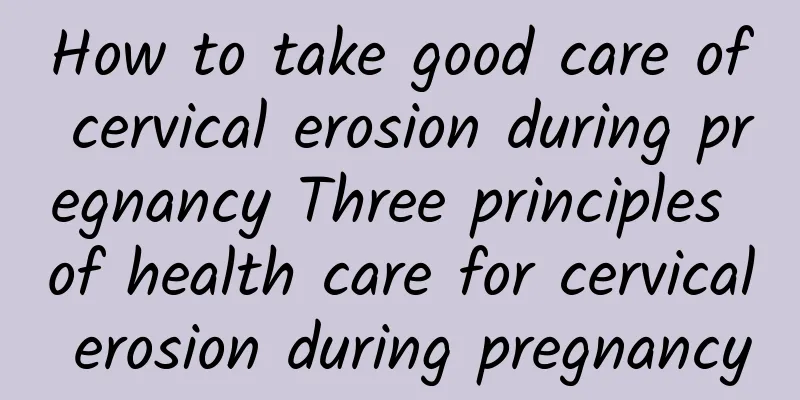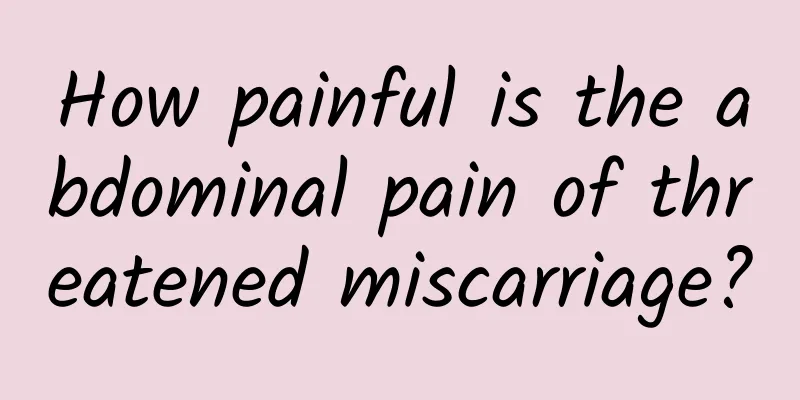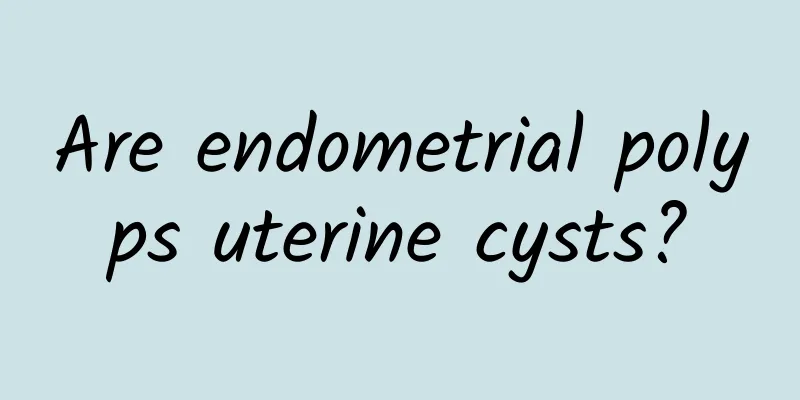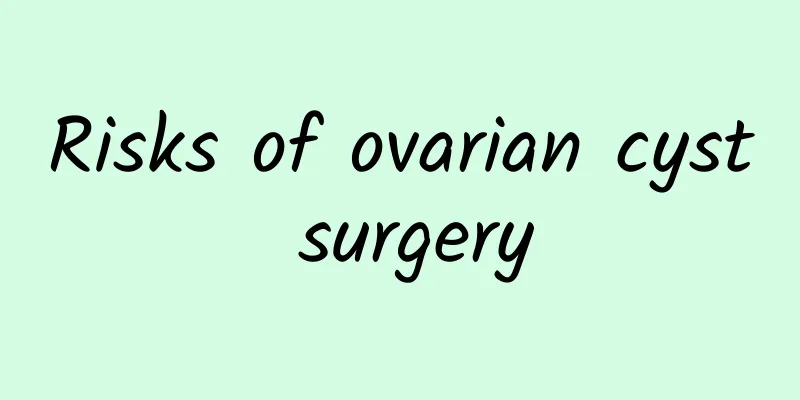What kind of surgery is usually performed for uterine fibroids? What will happen if uterine fibroids are delayed without surgery?

|
What kind of surgery is usually performed for uterine fibroids introduce Uterine fibroids are a common gynecological disease characterized by abnormal growth of glands and myometrium in the uterus, forming lumps. Uterine fibroids can cause a lot of discomfort to women, such as irregular menstruation and abdominal pain. In order to solve this problem, many patients choose to undergo surgical treatment. So what kind of surgery is generally performed for uterine fibroids? At the same time, what are the consequences if surgical treatment is not performed? The following will answer them one by one. Common surgical methods The choice of surgery for uterine fibroids is mainly determined by the size and number of fibroids, as well as the patient's age, fertility needs, etc. Currently, common surgical methods include myomectomy, uterine fibroid embolization, and hysterectomy. 1. Myomectomy Myomectomy is a procedure that involves removing the fibroids to resolve the problem. Depending on the size, location, and number of the fibroids, the procedure can be done intracavitary or extracavitary. Intracavitary resection is suitable for smaller fibroids, and the procedure is relatively simple with a shorter recovery period. Extracavitary resection is suitable for larger and more numerous fibroids, and the procedure is more difficult with a relatively longer recovery period. 2. Uterine fibroid embolization Uterine fibroid embolization is a non-surgical treatment method that injects embolic agents into the blood vessels of the fibroids through arterial catheterization to block them, thereby blocking the blood supply to the fibroids and achieving the effect of shrinking and treating them. This method is suitable for patients who have heavy bleeding, high surgical risks or do not want to remove the uterus. 3. Hysterectomy Hysterectomy is the complete removal of the patient's uterus. It is suitable for patients with severe uterine fibroids, severe symptoms or those who do not want to have children again. Hysterectomy is divided into total hysterectomy and subtotal hysterectomy. The specific choice depends on the location and size of the fibroids and the needs of the patient. Consequences of Not Having Surgery For patients with uterine fibroids, not undergoing surgical treatment may lead to some adverse consequences. 1. Worsening symptoms If patients with uterine fibroids do not undergo surgical treatment, the fibroids may continue to grow and enlarge. As a result, patients may experience more severe symptoms such as irregular menstruation, abdominal pain, and bloating, which seriously affect their quality of life. 2. Infertility Uterine fibroids are one of the common causes of infertility. If not treated surgically, fibroids may prevent embryo implantation or cause embryo miscarriage, leading to infertility. 3. Complications Larger uterine fibroids may cause the uterus to distend, increasing the risk of complications such as uterine cellulitis and pelvic inflammatory disease. The general surgical methods for uterine fibroids include myomectomy, uterine fibroid embolization and hysterectomy. Not undergoing surgical treatment may lead to worsening symptoms, infertility and complications. Therefore, patients with uterine fibroids should seek medical treatment in time and choose the appropriate surgical method according to the specific situation, so as to solve the problem as soon as possible and improve the quality of life. |
Recommend
What are the treatments for female cervical erosion? How long does it take for female cervical erosion to be cured?
What are the treatments for cervical erosion? Cer...
Is it normal for the color of my period to be brown at the end of the menstrual cycle?
If the color of the menstrual blood turns brown a...
How to treat uterine fibroids effectively
What is the best way to treat uterine fibroids? U...
What are the symptoms of ectopic pregnancy in early pregnancy
Ectopic pregnancy refers to ectopic pregnancy. In...
What to do if you have premature ovarian failure
The ovaries are the reproductive organs of women ...
Which Chinese medicine can treat pelvic inflammatory disease
Which Chinese medicines can treat pelvic inflamma...
How much does it cost to treat uterine fibroids?
Normally, getting sick will bring big troubles, s...
What is the cause of pelvic effusion after surgery?
Female friends with pelvic effusion should avoid ...
What are the common misunderstandings in the treatment of adnexitis?
What are the misunderstandings in the treatment o...
What causes ovulation bleeding?
Generally speaking, women bleed very little durin...
Can patients with hydatidiform mole still have a normal pregnancy?
Patients with hydatidiform mole can become pregna...
Not paying attention while eating will make you fatter and increase your calorie intake by 50%
At home, parents always remind their children to ...
Irregular menstruation is usually a symptom of obvious adnexitis.
Irregular menstruation is usually an obvious symp...
What drugs are used to treat vaginal candidiasis
What drugs are used to treat candidal vaginitis? ...
Brief description: knowledge related to primary dysmenorrhea
Among gynecological diseases, the incidence of pr...









